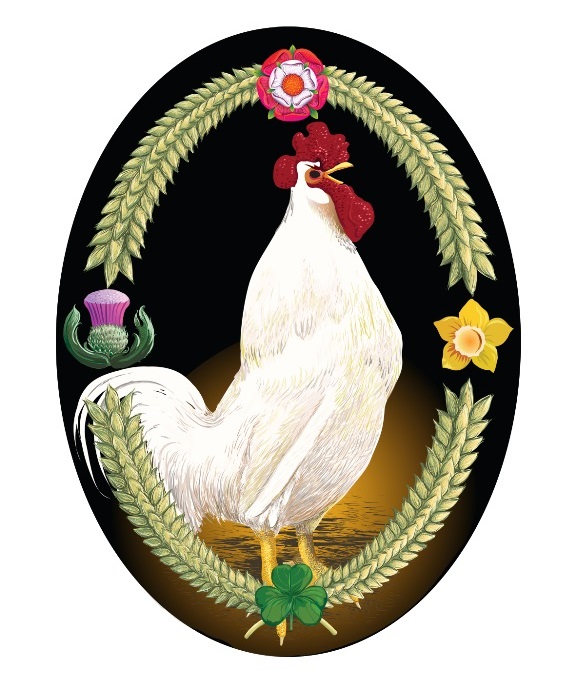Pathé Before British Pathé: 1896 to 1910
The earliest footage in the British Pathé archive today dates from as early as the 1890s. Much of it is short and features little in the way of plot. Nevertheless, many are well worth a watch as typical examples of early cinema. Film was still new, the first motion picture images having been captured by Louis Le Prince in 1888 in Leeds. Short, every-day subjects still had the power to thrill (such as in the famous Lumière film The Arrival of a Train at La Ciotat Station). But this was also an era of great experimentation and innovation, as can be seen in the rather marvellous work of Georges Méliès and Robert W. Paul.
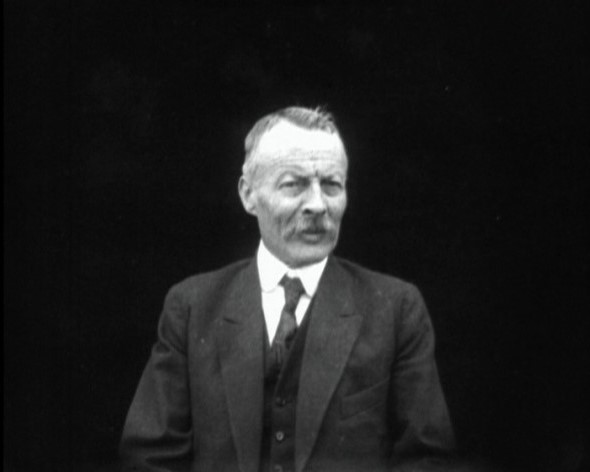
It was in this context that Charles, Emile, Théophile and Jacques Pathé founded Société Pathé Frères in France in 1896 and began film production. The glimpses of Victorian and Edwardian life they captured are as fascinating today as they were when they were shot – then because the technology involved was so new, and today because the footage is so old. The Victorian era was the first to be documented in moving images, yet still with a rarity that makes viewing them an awe-inspiring experience.
In 1897, Société Pathé Frères went public under the, rather lengthy, name Compagnie Générale des Etablissements Pathé Frères Phonographes & Cinématographes (or CGPC). Doubt remains about some of the clips in the archive from the early CGPC era in terms of their locations and dates. Records were either not made at the time or have been lost. The material which can be identified with at least some confidence is often of great historical interest. There is the funeral of William Gladstone, footage of the Boer War, and the coronation procession of Edward VII. The archive also contains film of Queen Victoria at a garden party, her Diamond Jubilee, and her funeral. Material from the Edwardian period includes the 1906 San Francisco Earthquake and the 1908 London Olympics.
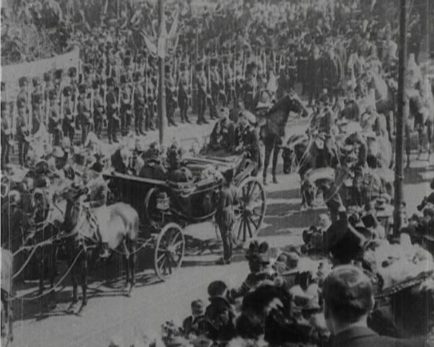
CGPC continued filming for many years, distributing films and expanding its theatre empire across much of the Western World. It was not, in fact, until 1908 that the company invented the newsreel. The first was Pathé-Faits Divers in France, though it was renamed Pathé Journal in 1909. The following year, CGPC launched an American newsreel arm to produce Pathé News, as well as opening a newsreel production office on Wardour Street in London. The first UK newsreel was thus produced, under the Pathé’s Animated Gazette brand, in February 1910. The French, British, and American newsreel arms would often share footage with their colleagues overseas. For this, British Pathé can be thankful, for it placed pre-1910 material in the hands of the UK newsreel staff, who often made good use of it by producing retrospectives.
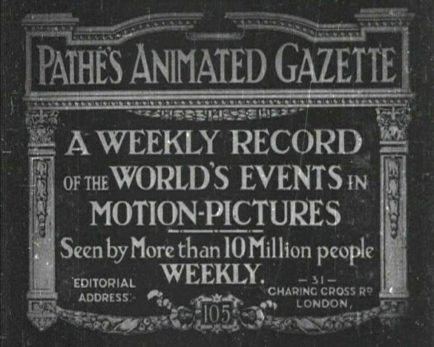
True Beginnings: 1910 to 1933
Many of the early newsreels are sadly missing. One of the earliest still within the archive is believed to be the departure of the Terra Nova, Captain Scott’s famous ship that took him to the Antarctic. It was a section of the 87th newsreel package, released in cinemas in December of 1910, and was one of eight stories that included flooding in Worcester and a railway crash in Willesden. Other early footage of note includes the coronation of George V and the death of suffragette Emily Davison.
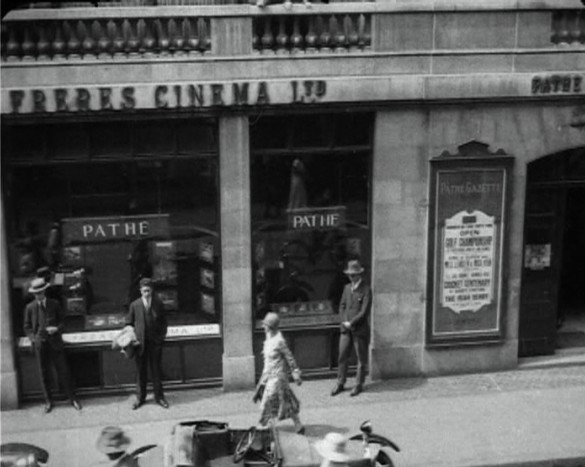
The archive also contains an extensive collection of World War One material, much of which remains unidentified, with dates and locations often unclear. Cataloguing is not helped by a lack of clarity over which events have been captured as they occurred and which are staged. Regardless, the material remains incredible to view. Though silent, grainy, and black-and-white, the footage is often awesome and sometimes harrowing. The faces of the daring recruits, huddled in their trenches, many about to die, are preserved for posterity. It is a shame that we cannot put a name to them.
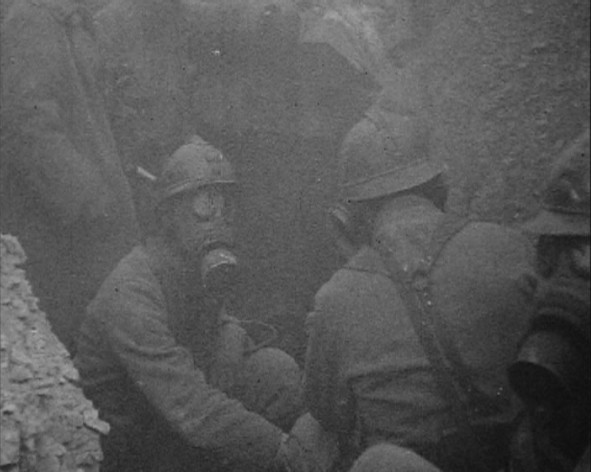
In this case the faces of the soldiers are chillingly hidden by gas masks.
From 1918, CGPC began to be run as two separate divisions, with Pathé-Cinema (films and newsreels) under the control of Charles Pathé, and Pathé Records (music) overseen by brother Emile Pathé. This was the first step towards the eventual splintering of the company that can cause endless headaches for anyone attempting to trace the history of the Pathé brand:
– The USA Pathé-Cinema arm (including Pathé News) was sold in 1921. It was run by Pathé Exchange and then RKO Radio Pictures, which shut down the film production arm. Warner Brothers purchased the newsreel arm in 1947 before selling it to Studio Films. Pathé News disappeared from cinemas in the 1950s. Its archive is now owned by the Sherman Grinberg Film Library.
– In 1927, CGPC also sold the UK arm of Pathé-Cinema, which included both the film production office and the newsreel office, to First National, forming First National-Pathé.
– In 1928 CGPC sold the French and UK arms of Pathé Records to the British Columbia Graphophone Company. The USA arm of Pathé Records was sold the following year to the American Record Corporation. Its assets now lie with Sony.
– The remaining assets of CGPC (such as the French film production arm, the international cinema chain, and the French Pathé Journal newsreels) were taken over by Bernard Natan to form Pathé-Natan. It changed hands a few times after that before becoming the present-day film company “Pathé”. Pathé Journal continued until 1981. Its newsreel archive now lies with Gaumont-Pathé.
This was the complicated process by which the UK newsreel company became divorced from its overseas parent and sister companies, never to be reunited. Pathé-branded newsreel and film production in the UK was now on its own.
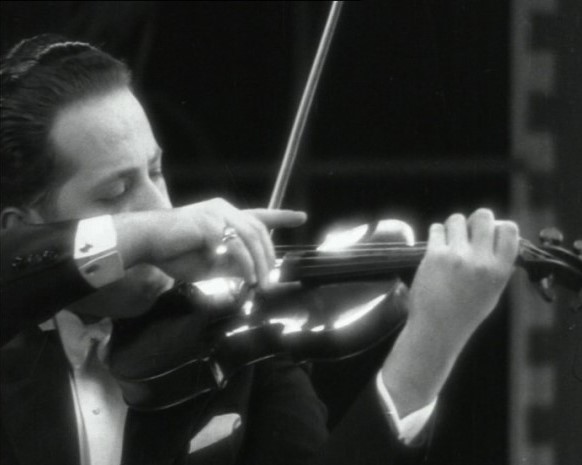
As First National-Pathé, newsreels were released under the name of Pathé Gazette and an internationally-distributed newsreel was produced from Wardour Street – Pathetone Weekly. But the great innovation of this period was, of course, the introduction of sound in 1930. This brought a new immediacy and reality to the footage, despite the limitations of early technology.
Sound also allowed newsreels to start including interviews, and one early interviewee was the Editor of the Pathé Gazette himself, upon the occasion of the UK newsreel’s twenty-first anniversary. In the clip, the Editor takes the opportunity to look back on what his company has achieved so far and on the recent history that has been captured by the Pathé cameramen. We may not be able to witness the Norman Conquest or the Great Fire of London, the Editor says, but we can relive history which has been preserved through the magic of newsreels: “One of cinema’s greatest privileges is to be able to bring back the past.” The company had proven its worth.
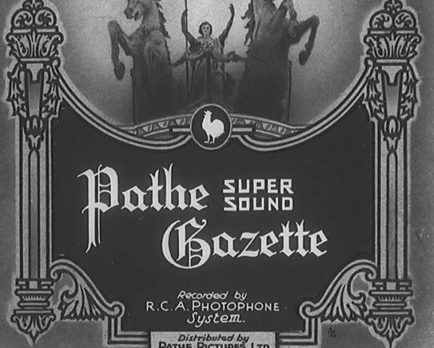
But in 1931, Warner Brothers purchased First National and formed Warner Brothers-First National and the future of the Pathé brand looked uncertain. That is, until 1933, when the golden age of British Pathé really began.
A Golden Age: 1933 to 1958
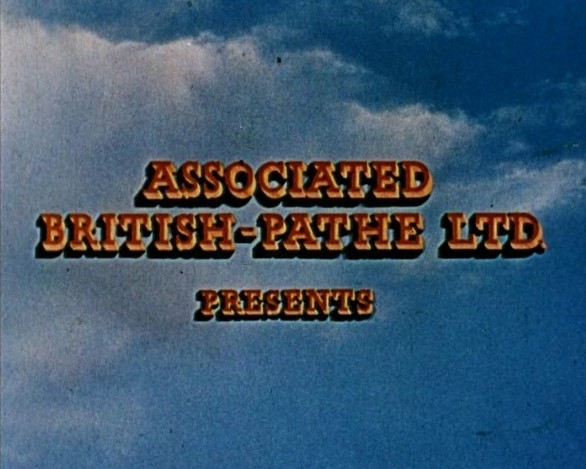
In 1933, British International Pictures purchased the Pathé newsreel and feature film brand from Warner Brothers-First National. Associated British-Pathé was born, under the umbrella of the Associated British Picture Corporation, and soon the Pathé brand was enjoying something of a golden age in the United Kingdom.
In the 1930s, the newsreel staff became increasingly ambitious, providing audiences not only with quantity (one only needs to see News In a Nutshell to know that audiences were enjoying this regular dose of news enough to warrant 340 episodes of it), but also with variety. Would You Believe It?, for instance, is a little-known gem assorting footage of various unusual things from around the world, such as oddly-named streets, strange animals, and bizarre technological breakthroughs. At the same time, Feminine Pictorialities continued the company’s trend of providing for all audiences that had begun with Eve’s Film Review in the 1920s. This “special selection for the ladies” covered bathing and hat fashions, hairstyles, and women’s sport.
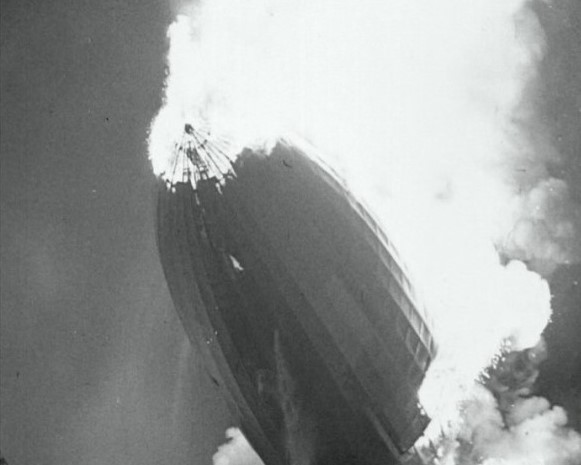
The war years, quite unsurprisingly, produced some of the most dramatic material ever captured on film by a newsreel company, including the astonishing events at Dunkirk and the D-Day Landings. But other notable stories from around this time include the destruction of the Hindenburg (which was unbelievably captured in 1937), the first majority Labour government, the independence of India and Pakistan, and the 1948 London Olympics.
Following the war, despite having been completely separate companies for two decades, the newsreel companies Associated British-Pathé (UK), Pathé Journal (France), and Pathé News Inc (USA) began a unique partnership. In a move celebrated by President Truman, these organisations began sharing footage and cameramen in order to enable news to be more easily distributed worldwide. Pathé Gazette also rebranded itself – from 1946 until 1970, it would be known simply as Pathé News. One of the major stories from this period was the Korean War, that sometimes criminally-forgotten conflict that claimed an estimated 2.5 million lives.
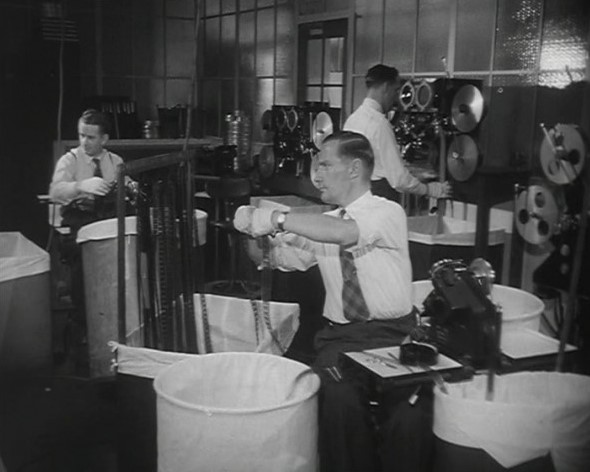
Associated British-Pathé was also busy producing feature films and commercials, and even expanding into the television market. One such production was Film Fanfare, a charming 1950s film magazine show that presented viewers with footage from recent glamorous premieres as well as featuring in-studio interviews, quizzes, and reviews of what are now classic motion pictures. However, the most impressive example of the television work done was the company’s involvement in Peter Baylis’s Time To Remember. This epic series touched on all aspects of life in the first half of the Twentieth Century, using the original newsreel footage, and was narrated by celebrated actors, including Sir Michael Redgrave and Sir Ralph Richardson. Its charm was such that in 2010, the BBC re-edited and re-broadcast the series for a modern-day audience, retaining much of the original commentary.
But television posed more of a threat than an opportunity for the company, especially for the newsreel staff. They could release the Queen’s coronation in glorious colour, and even film it in 3D(!), but it was not a live broadcast like that of the BBC coverage. Viewers were increasingly not willing to wait. The newsreel format was also beginning to look tired, with outdated patriotism at odds with the postcolonial attitudes of the British public (particularly during the Suez Crisis). By the end of the 1950s, Pathé News was already struggling to compete. The 1960s would witness a shift in the nature of the company’s output as it tried to survive.
Decline and Transformation: 1958 to 2008
In 1958, Warner Brothers merged with Associated British Picture Corporation (parent company of Pathé-branded newsreel and feature film producers, Associated British-Pathé) to form Warner-Pathé. It was around this time that colour was introduced into regular news production (it had hitherto been saved for special documentaries such as Elizabeth Is Queen). But the company needed more than colour in order appeal to consumers who were increasingly getting their hard news from live television. Other newsreel brands went out of business, and the company needed to adapt if it was going to survive. The answer it found was to focus on the quirks of humanity.
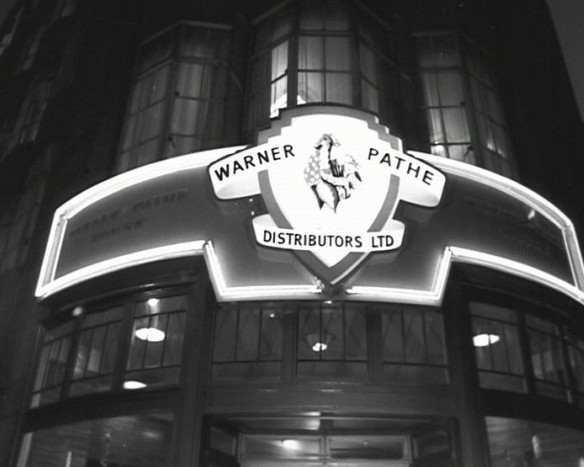
“Cinemagazines” were not an invention of the 1960s. They actually date right back to 1913 and the Kinemacolor Fashion Gazette, though it was Pathé-Cinema which perfected the form with 1918’s Pathé Pictorial. But the 1960s were the cinemagazine’s heyday. Colourful, quirky, and fun, they were also light on information and hard news. In some ways, this footage is more valuable today than when it was filmed. At the time, mere light entertainment, it now serves as a window into the leisure activities of the British people in the 1960s. Indeed, the collection was used extensively in the 2012 BBC Four series British Passions on Film.
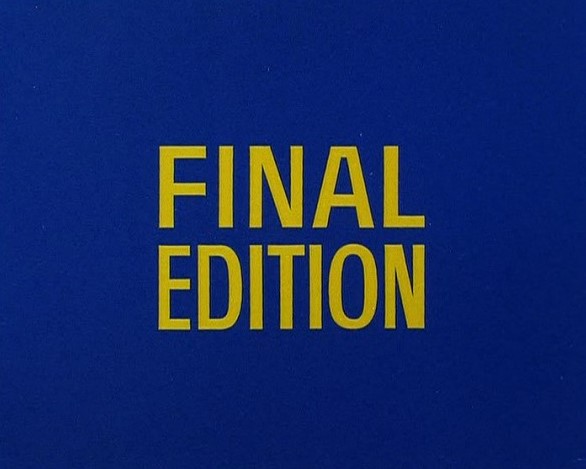
Regardless of the merit of the output, the company simply could not compete with the rise of television. Its parent, Associated British Picture Corporation, was itself producing quality TV and owned a majority share in Thames Television, founded in 1968. The next year, the final Pathé Pictorial cinemagazine was released, shortly followed by the last edition of Pathé News. This was when Associated British-Pathé went through a radical transformation, from an active production house, into a film archive.
As the staff on Wardour Street were wrapping up their long history of news and feature film production, they were purchased by EMI (which later became Thorn EMI). The cameras in Wardour Street may have stopped rolling, but an archive of historic importance remained. The value of its content was immediately clear and television programmes, such as ITV’s Clapperboard, featured visits to the archive. The collection was now available to be mined by future generations of filmmakers and documentarians, and licensing became the chief occupation of the archive staff.
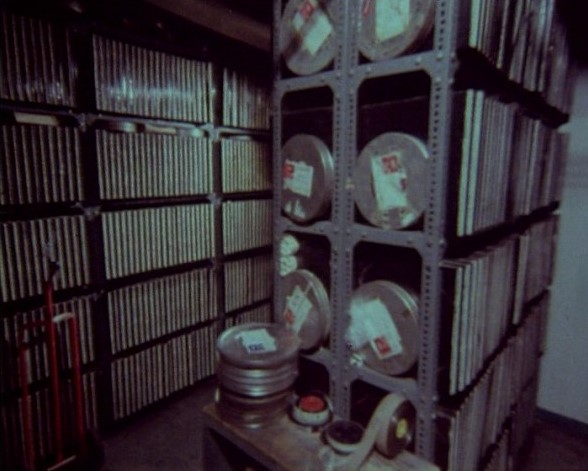
After a long period without much change, a significant development took place in the later 1980s. Thorn EMI was purchased by The Cannon Group in 1986, which sold the Associated British-Pathé newsreel archive the following year. Cannon did not, however, sell the assets of the feature film arm of Associated British-Pathé. Thus, for the first time, the Pathé-branded UK feature film and newsreel arms were separated, as they remain today. (The feature film assets now lie with StudioCanal.) By 1990, the archive was operating as British Pathé News. It was at this time that the company produced the series A Day That Shook the World and Twentieth Century Hall of Fame, as well as Year to Remember, which is still popular on DVD today. Co-productions with such respected partners as the BBC enabled staff to work with material filmed after Pathé News closed its doors.
1995 marks an important year in the recent history of the archive. Firstly, British Pathé News was purchased by the Daily Mail and General Trust. Secondly, the name was shortened to British Pathé (plc, later Ltd). From 2003 to 2009 the archive was represented by ITN Source and became a respected resource for filmmakers, museums and educators. During this time, the entire archive was digitised in an effort funded partly by the National Lottery. This has allowed the British Pathé collection to be placed online for everyone to explore.
The Independent Archive: 2008 to the present day
Upon its split from the Daily Mail in 2008, British Pathé Ltd became, in essence, an independent archive (as opposed to a part of a larger corporation) for the first time in its history. This new era saw the introduction of a museum subscription service, an increase in licensing and programming (notably including The Story of British Pathé, a four-part BBC Four series), and an expansion in the company’s online presence (the entire archive is available to view online for free on both the British Pathé website and YouTube channel. It is complemented by presence on numerous social media channels). In 2012, the archive was awarded “Footage Library of the Year” at the Focal International Awards – and again in 2017.
For the foreseeable future, British Pathé looks set to remain a remembered and respected brand within the British cultural consciousness.
As of 2018, British Pathé also represents the Reuters historical collection, which includes more than 136,000 items from Reuters-owned news agencies Gaumont Graphic (1910-1932), Empire News Bulletin (1926-1930), British Paramount (1931-1957), and Gaumont British (1934-1959), as well as Visnews content from 1957 to the end of 1984.
